Affiliate links on Android Authority may earn us a commission. Learn more.
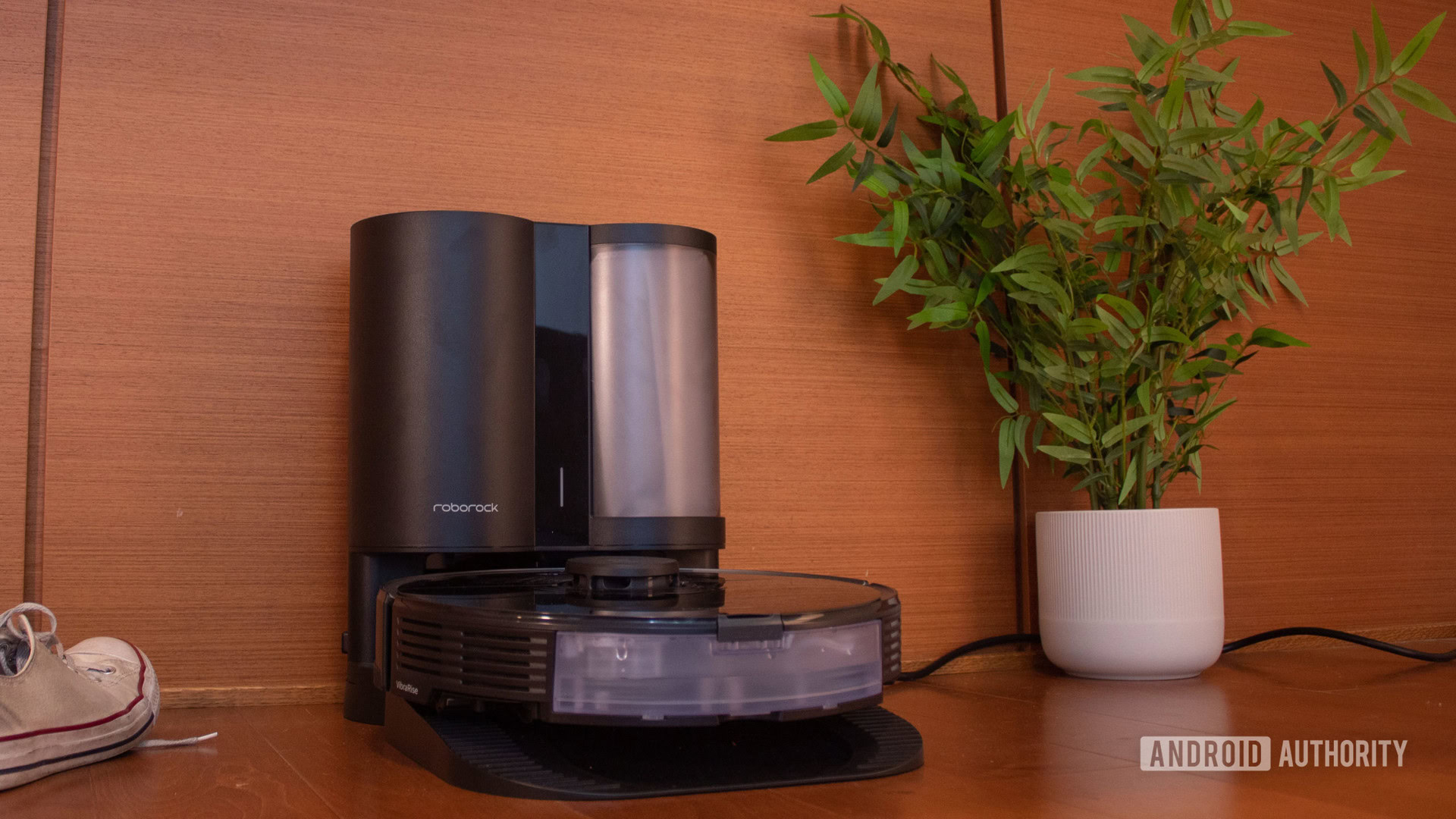
Roborock Auto-Empty Dock review: Emptying your vacuum and your wallet
Published onOctober 5, 2021
Roborock Auto-Empty Dock
MSRP:
What we like
What we don't like
Roborock Auto-Empty Dock
The Auto-Empty Dock is Roborock’s next step in its noble quest to keep every inch of your floor spotless. With autonomous vacuums rising in popularity, Roborock has seized the opportunity to become an industry leader with its wide range of quality options. The Roborock S7, the latest offering from the Xiaomi-backed company, is a fantastic robot vacuum — but how much better can it get by adding the optional Auto-Empty Dock? We tracked mud through our living rooms and kitchens to find out just how powerful the dock is when paired with the Roborock S7. To find out more, check out Android Authority‘s Roborock Auto-Empty Dock review.
Update October, 2021: Added details about the EU version of the Roborock Auto-Empty Dock and added a new section comparing the pros and cons of using dust bags or the canister (only available on EU version).
What you need to know about the Roborock Auto-Empty Dock
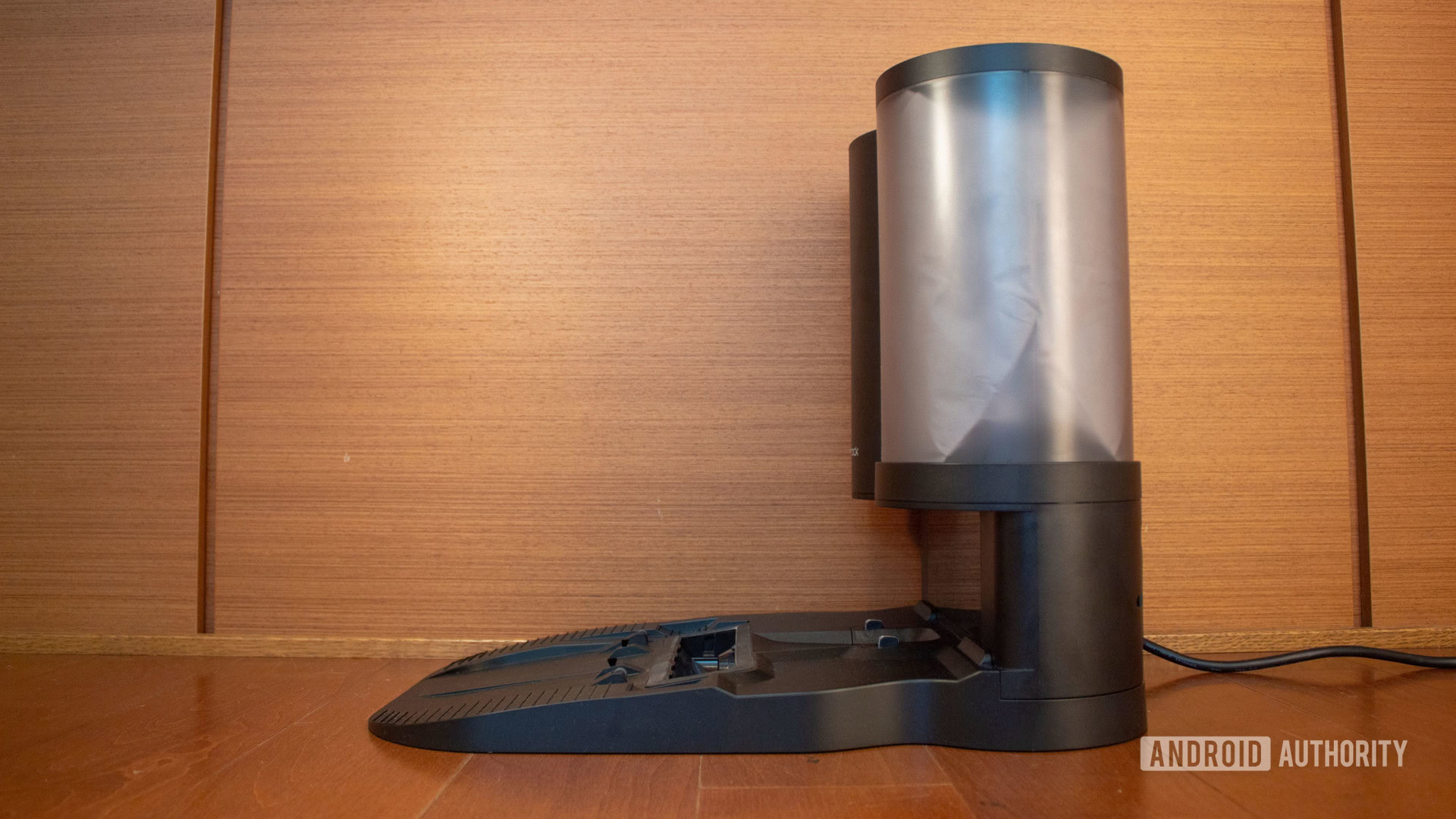
- Roborock Auto-Empty Dock (US): $299.99
- Roborock Auto-Empty Dock (EU): €299.99
The Auto-Empty Dock is a first-party accessory for the Roborock S7 vacuum that reduces the amount of time spent emptying dustbins. A small ramp allows the vacuum to mount the dock to charge and empty the on-device dustbin.
Robot vacuum cleaners: What are they and which should you buy?
When the Roborock S7 returns to the dock the vacuum determines whether the on-device dustbin needs to be emptied based on cleaning patterns. If the Roborock S7 is set to automatically empty then the dust is sucked into either a dust canister or bag in the dock (region-dependent) and sent through a HEPA filter to stop it from escaping into your home. Roborock claims that an average user will only need to empty the dustbin every eight weeks or the canister every six weeks.
The auto-empty dock is available in white and black models, both are sold on Amazon, through Walmart, and on Roborock’s website.
What’s good?
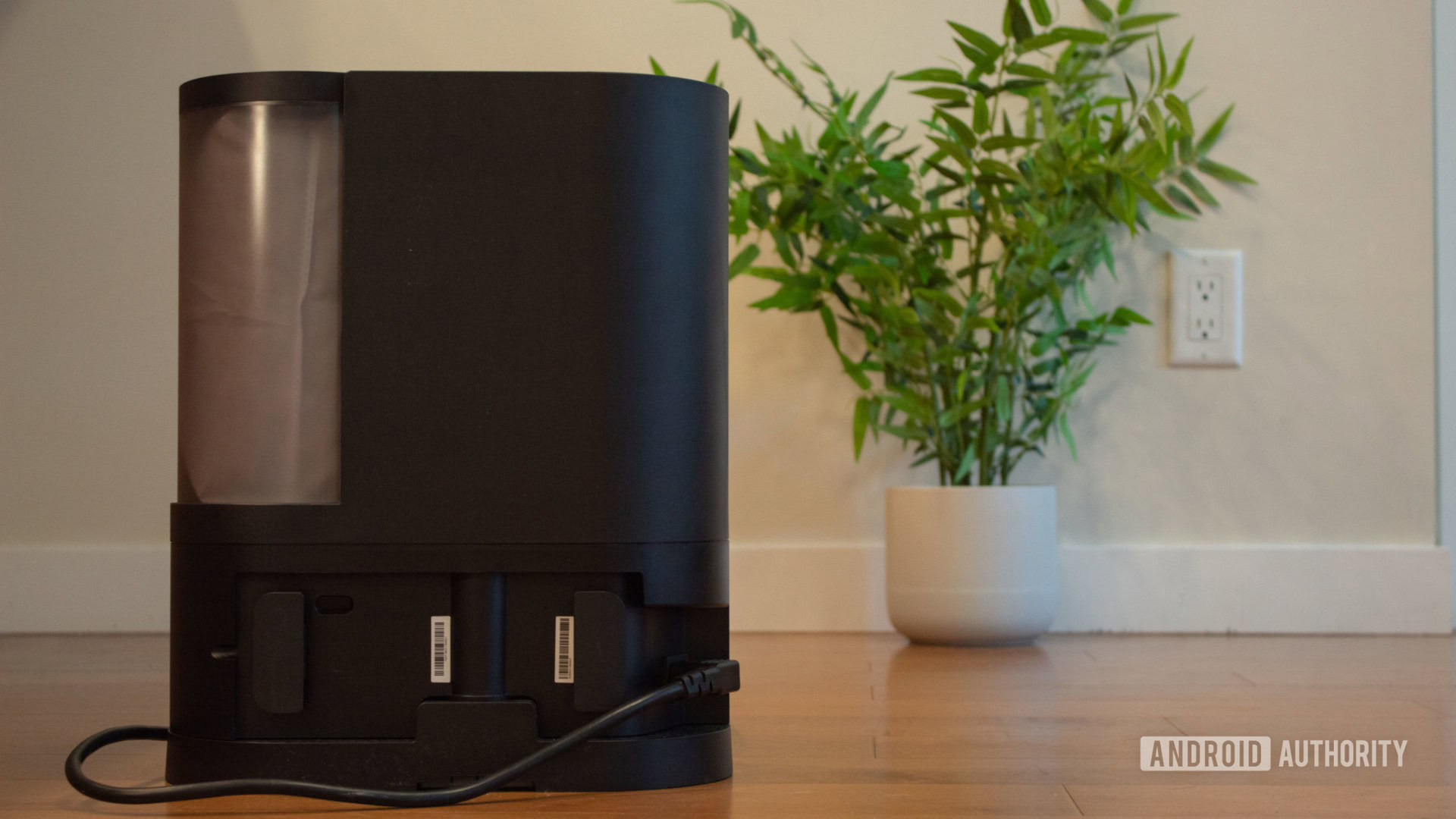
The Roborock S7 and Auto-Empty Dock make a pretty weighty pair and it might seem like the setup would be difficult, but that’s far from the truth. When I unboxed the Auto-Empty Dock, all I had to do was screw the ramp into the twin-cylinder piece with the included screwdriver, replace the on-device dustbin, and place the Roborock S7 on the charging electrodes. Beyond those few simple steps, there’s basically nothing in the way of overhead.
Beyond a few simple steps, there's basically nothing in the way of overhead.
This thing is smart. If the Roborock S7 is set to auto-empty, you don’t even have to think about the dustbin. The vacuum estimates when it needs to empty itself based on the size of your space and cleaning habits. There are manual options you can set that will determine how frequently the S7 will auto-empty, but I’ve found the “Smart” option to work very well so far.
On top of that, you can set “Do not disturb” quiet hours where the S7 can still vacuum but won’t empty into the dock, to avoid the loud noise. This is perfect if you like to have your vacuum clean other rooms in the house while you sleep but don’t want to be woken up by the noisy emptying process.
What’s not so good?
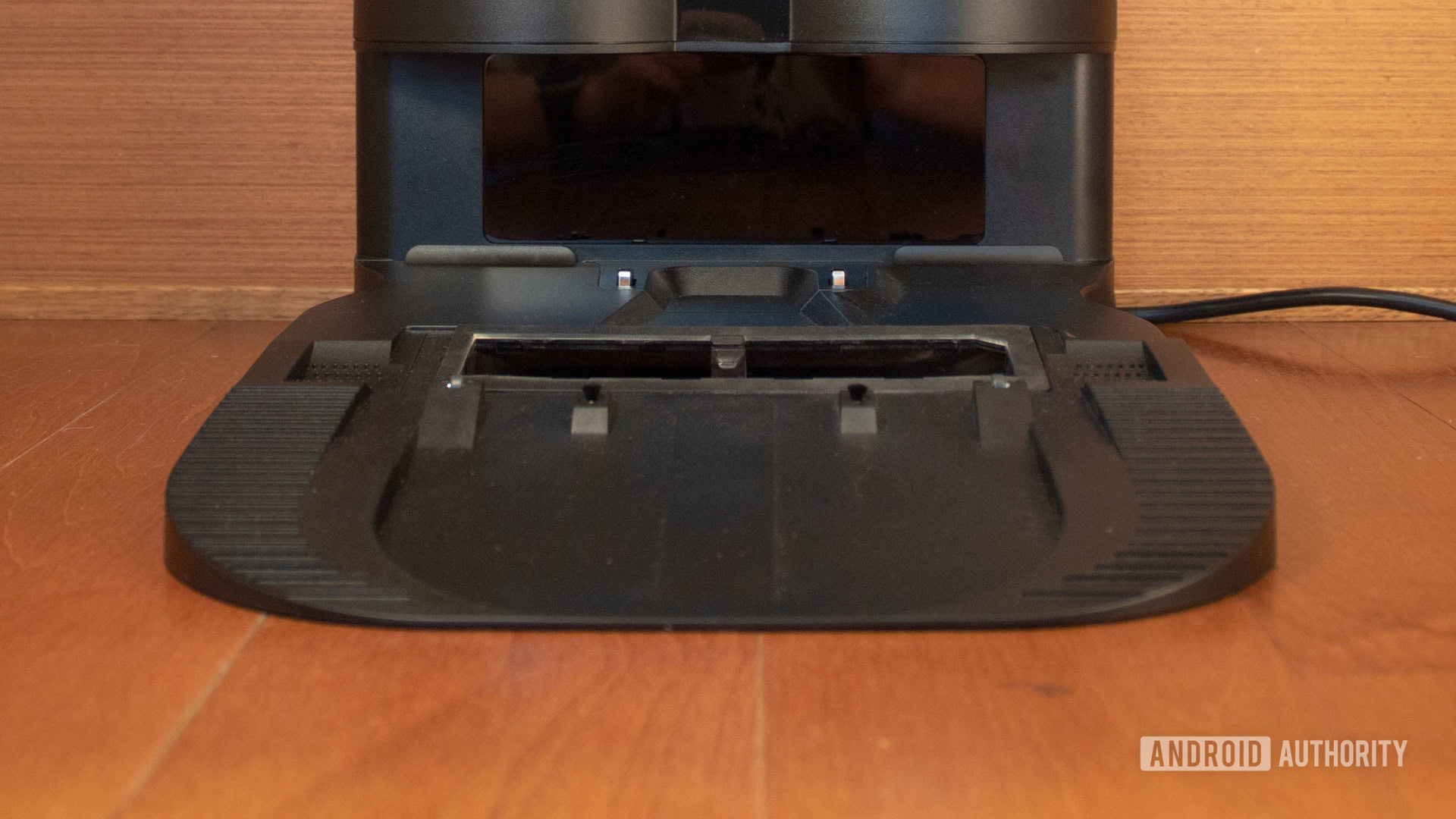
The biggest drawback for the Auto-Empty Dock is its price. There’s no sugar coating it — $300 for a non-essential accessory is pretty steep. It’s actually about $100 more than some competitors (like iRobot) are charging for similar products.
On top of that, it’s worth considering what that $300 will actually save you. I obviously didn’t have to empty my dustbin anymore, which was great, but I still found myself checking up on my S7 to refill its water tank and to clean its brushes. It wouldn’t have been a big deal to include emptying the dustbin in my regular maintenance routine, so I have to wonder whether that $300 investment is worth it, especially considering there are cheaper options on the market.
There's no sugar coating it — $300 for a non-essential accessory is pretty steep.
I ran into almost no issues while actually using the Auto-Empty Dock; however, I noticed that the S7 would sometimes leave a small pile of dirt at the base of the dock. The Roborock S7 drives up the small ramp of the dock, and when it leaves the ground it struggles to suck the remaining dust into its dustbin. I didn’t run into this issue every time the S7 finished a cleaning cycle but after some of the more demanding cleans (the oft-neglected area under my couch, for example) I noticed the small deposit of dirt.
Bags (US) vs canister (EU): Which is better?
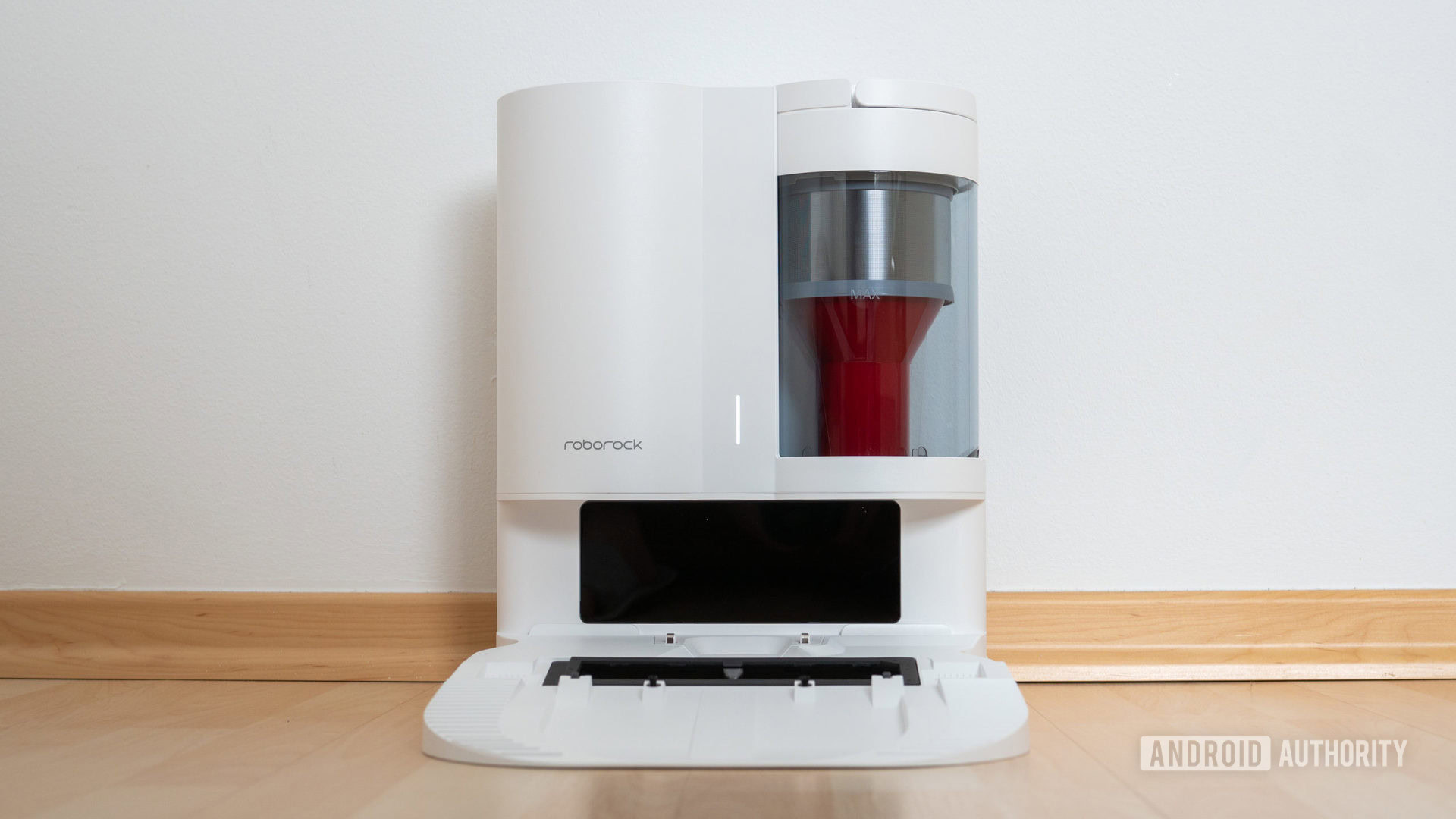
The interesting part is that the EU version can still use a bag — a smaller 1.8-liter bag — so you kind of get the best of both worlds and can potentially even dodge the bullet that is the ongoing cost of dust bags. This changes the value proposition somewhat. But first, how does the bagless version work?
Setting up is the same for the US or EU version. The first thing you need to do is remove the standard dustbin from the Roborock S7. In the robot you’ll see a covering over an air inlet on the right-hand side — remove this. Then replace the standard dustbin with the version that has a small flap on the side (pictured above with the regular dustbin). This allows the contents to be sucked into the Auto-Empty Dock.
the EU version of the Roborock Auto-Empty Dock isn't cheap, but it's great that you can potentially sidestep the ongoing cost of dustbags.
If you want to go bagless this is all there is to do with the EU version; the next time your S7 docks the Auto-Empty Dock will suck the dustbin contents out through the flap and air inlet and into the canister for safe storage. The canister can store a lot of dust, fluff, and pet hair; Roborock claims it only needs to be emptied every six weeks. Everything in the EU version is washable and reusable so it should last a good while.
I didn’t go as long as I could without emptying it to see how many days’ worth of debris it can hold but your mileage will naturally vary. Suffice it to say that, unlike auto-empty docks that use bags, I didn’t find myself avoiding emptying it so I wouldn’t have to buy more bags so quickly. I really like this about the EU version; you just empty it when it’s full (or whenever you like, really) and don’t need to worry about cost. But that’s only if you prefer a canister-based Auto-Empty Dock.
The EU version also supports a bag if that’s something you prefer. On the downside, at a 1.8-liter capacity, it’s only a bit more than half the size of the bag you get in the US so you’ll have to change bags more often than if you had the US version. If you prefer the self-sealing bag to the canister — which you may have to if you have dust allergies — then the value proposition is arguably worse in the EU than in the US because you’ll end up buying more bags. Which brings us to price…
At €299 on Amazon, the EU version of the Roborock Auto-Empty Dock isn’t cheap, but it’s great that you can potentially sidestep the ongoing cost of dustbags. (In case you’re thinking about ordering an EU version for the US just be aware it’s a 220V system).
The main decision here is whether you need self-sealing bags or if the canister is fine — if it is then the Auto-Empty Dock is a better deal in the EU than it is in the US.
Roborock Auto-Empty Dock review: Should I buy it?
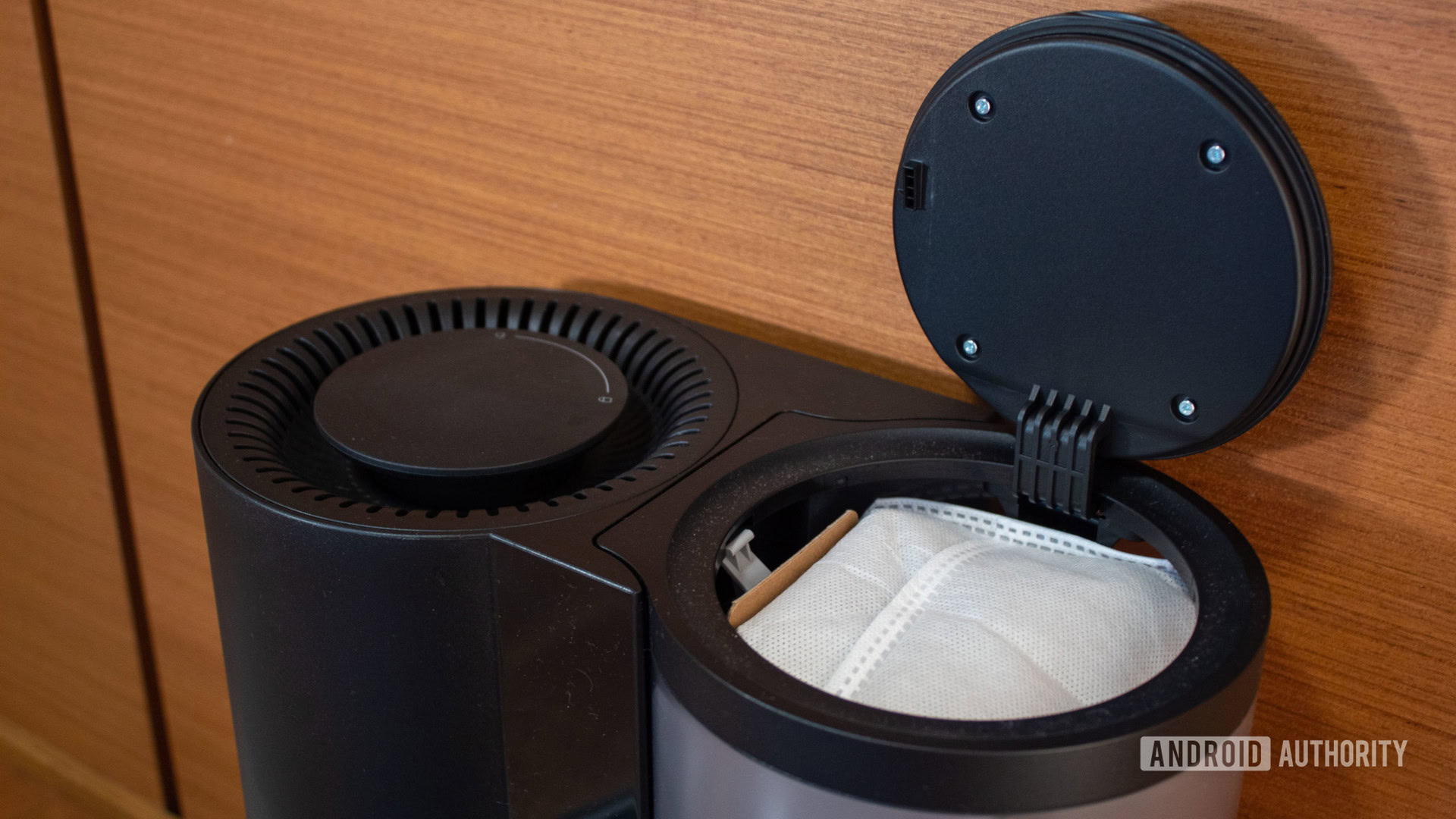
The Roborock Auto-Empty Dock works exactly as you’d hope. It streamlines a large part of the regular maintenance and reduces the amount of time spent cleaning the Roborock S7.
The real drawback for this product is its hefty $299/€299 price tag. To put that price tag into perspective, there are quality standalone robot vacuums on the market for the same price, like the iRobot Roomba 694 ($274.99). That’s right, for the price of the accessory you can pick up an entire robot vacuum cleaner. If you live in the EU at least the cost can stop there, but if you’re US-based or need to use self-sealing bags for your allergies then you also have to consider the ongoing cost of replacement dustbags.
While the convenience and quality of the Roborock Auto-Empty Dock are fantastic, it’s difficult to recommend it because of the hefty price point. If you’re convinced that it is something that will benefit your cleaning process, then by all means go ahead — the dock is great! But, if you’re on the fence, I’d advise holding off on this one. A good deal or price drop might make this a smart buy, but for now, the Auto-Empty Dock is a pricey accessory that only adds marginal value to an already smooth user experience.
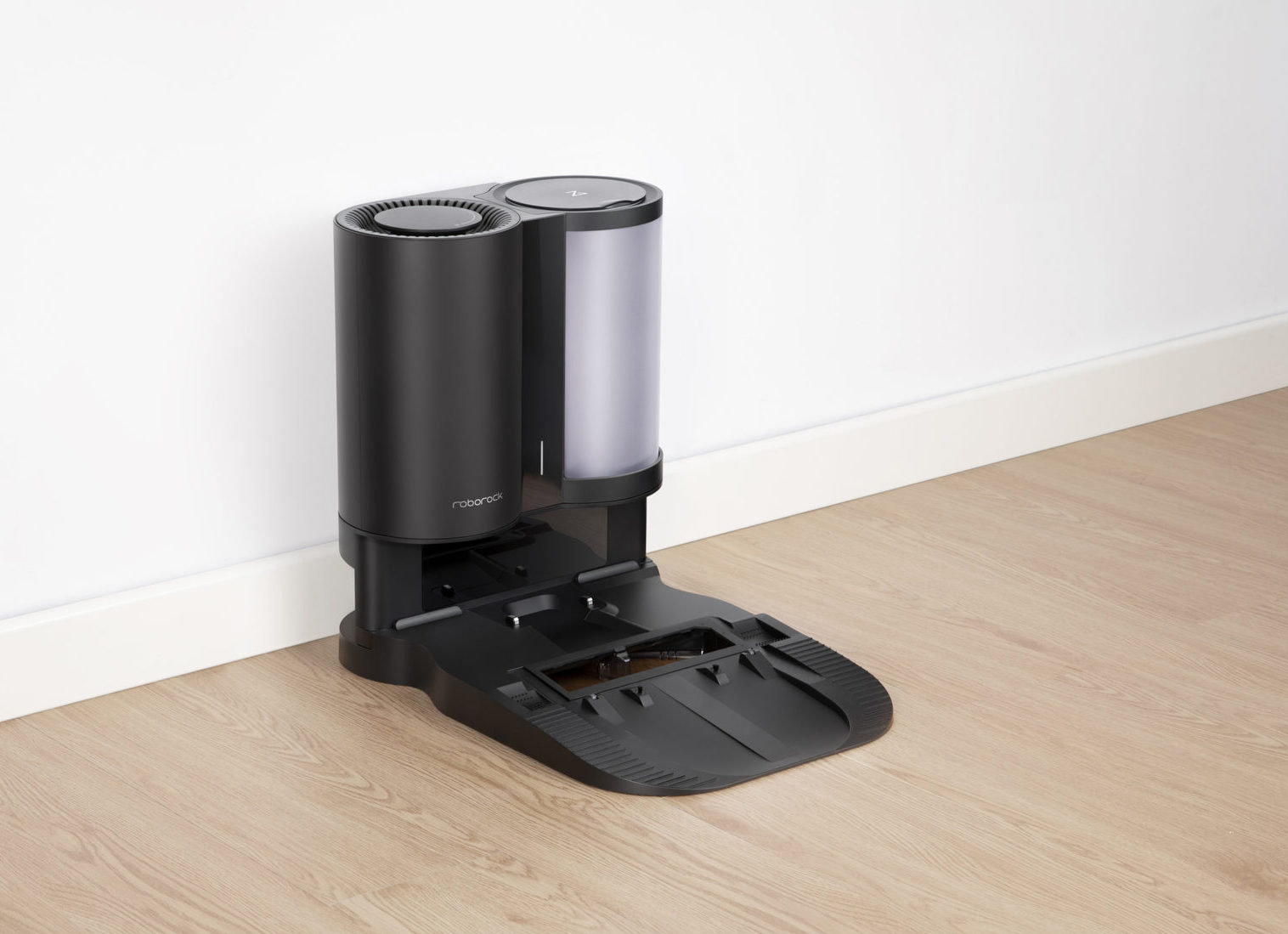
Top Roborock Auto-Empty Dock questions and answers
Q: Can I manually choose when the Roborock S7 empties the on-device dustbin?
A: Yes! The smart-empty option is great, but if you ever want to manually empty the on-device dustbin that’s possible too. You can do so from the app or by taking the dustbin out of the device as you would normally.
Q: Is the Auto-Empty Dock compatible with any other Roborock models besides the S7?
A: Unfortunately, the Auto-Empty Dock is only compatible with the Roborock S7. If you don’t have the S7 but still want to take advantage of auto-emptying you’ll need to invest $950 to buy the vacuum itself as well as the dock.
Q: Are the 3L bags that come with the US.version of the Auto-Empty Dock reusable?
A: Roborock doesn’t say anything on their official website, although on the Amazon page it is mentioned that the bags should not be reused. Roborock is selling new dust bags for the Auto-Empty Dock at $17.99 for a pack of three.
Q: What’s the best cheaper alternative to the Roborock S7 Auto-Empty Dock?
A: We’d suggest checking out the iRobot Roomba i3+ which costs $599.99 for both the robot vacuum and the auto-emptying dock.